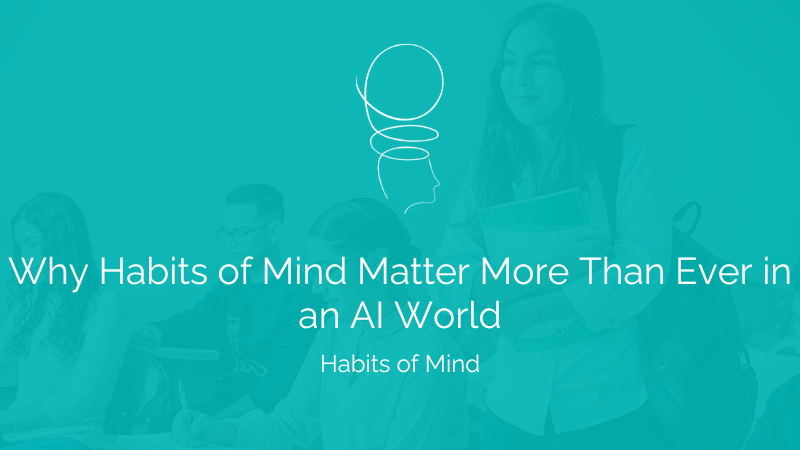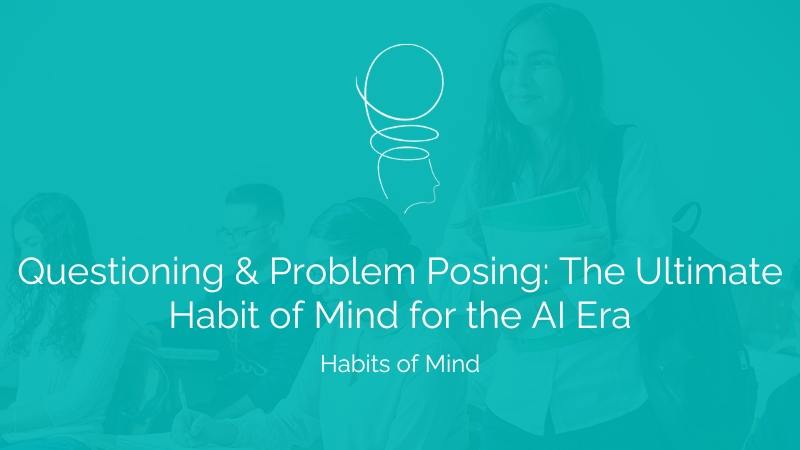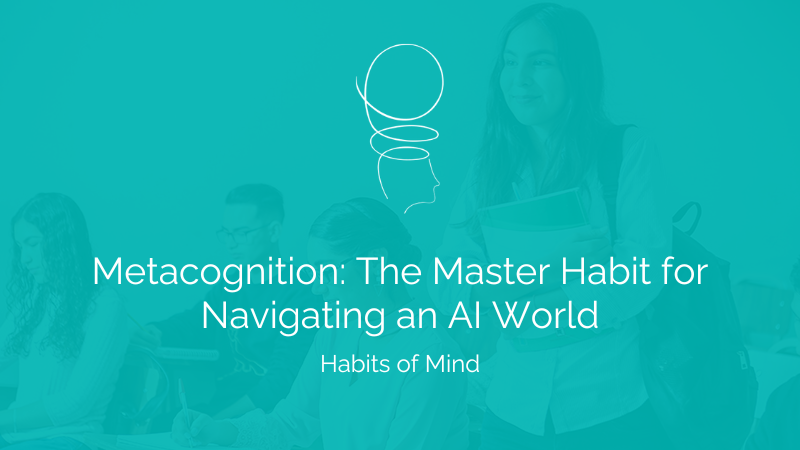When I work with schools implementing the Habits of Mind framework, I often ask teachers which habit they think might be most crucial in an AI-driven world. While many suggest Questioning or Metacognition, I believe Thinking Flexibly deserves special attention.
Here’s why: AI systems, for all their impressive capabilities, are fundamentally pattern-matching machines. They excel at generating content based on what they’ve been trained on, but they can struggle with truly novel approaches or paradigm shifts.
This creates a fascinating opportunity for human thinking to complement AI rather than compete with it.
Beyond the Algorithm
In my Learnership framework, I emphasize the difference between the Performance Zone (applying what you know) and the Learning Zone (stretching into new capabilities). AI currently excels in the Performance Zone – reliably executing known patterns – but often struggles in the true Learning Zone where flexible thinking is required.
Consider these examples of flexible thinking that most AI systems would find challenging:
- Connecting seemingly unrelated concepts from different domains
- Challenging fundamental assumptions underlying a problem
- Approaching a familiar challenge from a completely novel perspective
- Recognizing when standard approaches won’t work
These represent the frontier where human flexible thinking maintains its edge.
The Danger of Intellectual Outsourcing
One concerning trend I’ve observed in schools is what I call “intellectual outsourcing” – students deferring thinking to AI rather than using it as a collaborative tool. This is particularly problematic when it comes to flexible thinking.
When students receive an AI-generated response, there’s a tendency to accept it as comprehensive rather than as one possible approach. This can inadvertently narrow thinking rather than expand it.
Developing Flexible Thinking in an AI Classroom
Here are strategies I recommend in my work with schools:
AI Alternatives Exercise: After receiving an AI solution, challenge students to develop at least two completely different approaches.
Constraint Introduction: Ask students to solve problems with specific constraints that force creative thinking (e.g., “Solve this without using the most obvious approach”).
Cross-Domain Application: Practice applying principles from one subject area to problems in another.
Assumption Hunting: Identify and challenge the underlying assumptions in both human and AI-generated solutions.
Perspective Shifting: Deliberately approach problems from multiple stakeholder viewpoints or cultural perspectives.
The Combined Power of Human and AI Thinking
The most powerful learning happens not when AI replaces flexible thinking, but when it serves as a springboard for it. I encourage teachers to frame AI as a “thought partner” whose contributions represent a starting point rather than a conclusion.
In my Problem Solving Super Powers workshops, we explore concrete activities that develop this flexible thinking muscle, particularly in how students interact with AI-generated content. We practice seeing AI outputs as one voice in a conversation rather than the final word.
As AI becomes more integrated into education, our unique human capacity for flexible thinking—for making unusual connections and challenging established patterns—becomes not just valuable but essential.
How are you developing flexible thinking in your classroom? And how have you seen AI tools influence this critical habit of mind?



